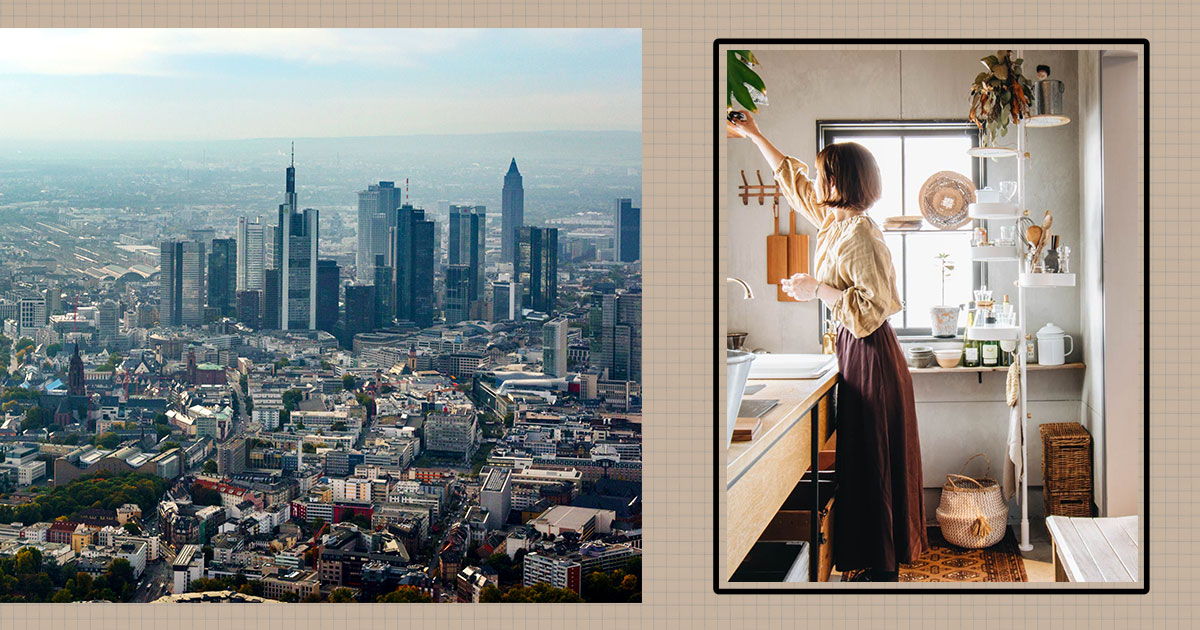
Compact Living: The Future of Furniture in Urban Apartments
In the ever-expanding urban landscapes, the concept of compact living is emerging as a prevalent trend, reshaping the way we perceive residential spaces and furniture. As cities continue to grow and housing demands increase, particularly in prime city center locations, urban dwellers are finding innovative ways to optimize small spaces without compromising on style or functionality.
Introduction to Compact Living
The phenomenon of micro-apartments and compact living spaces is taking over major urban areas worldwide. These tiny living quarters, often no larger than a standard hotel room, are designed to cater to the growing population of single households, students, and young professionals who prioritize location over size. With the real estate market in cities like Frankfurt and other global metropolises shifting towards smaller yet efficient living quarters, the concept of micro-living is not merely a trend but a necessity driven by economic and societal factors.
As the demand for housing in cities continues to rise, innovations in furniture design are pivotal in making compact living viable and comfortable. From modular pieces that transform with ease to multifunctional furniture that can serve various purposes, the future of furniture is undoubtedly tailored for the urban lifestyle where every square meter counts.
Innovative Furniture Solutions for Small Spaces
One of the hallmark features of compact living is the integration of innovative furniture solutions that maximize space and utility. The use of multifunctional pieces—such as beds that convert into desks or couches—ensures that small apartments do not feel cramped. Designers are increasingly embracing modular furniture that can be easily reconfigured to meet changing needs. Modular furniture like Tetran Cubes, which can be assembled in numerous ways, provides flexibility and customization, allowing urbanites to tailor their living spaces according to their lifestyle.
Examples can be seen in projects like the Salone del Mobile in Milan where architects showcased living concepts that seamlessly integrate modular furniture into compact living designs. These projects highlight the potential of adaptive furniture as both space-savers and elements of style within urban homes.
The Role of Smart Design in Urban Apartments
Smart design plays a crucial role in transforming diminutive apartments into functional and aesthetic spaces. The approach includes the careful planning of every segment of the apartment—ranging from kitchens with built-in appliances to hidden storage solutions that maintain a tidy living area. Furniture that can be compactly stored and expanded only when needed is gaining traction. For instance, roll-away beds hidden beneath kitchen platforms or tables that can be folded into walls when not in use exemplify the clever use of limited space.
Moreover, smart technologies are becoming integrated into furniture design, providing automated solutions like the 'Ori' system, a robotic modern unit that dynamically alters its shape and functionality at the press of a button. Such innovations point towards a future where technology-driven furniture solutions make compact living both feasible and desirable.
Transforming Urban Living with High-Rise Apartments
The urban skyscape is being redefined by the development of high-rise apartments, which strive to make the most of vertical space in densely populated areas. These towering structures offer compact apartments as part of their design, catering to those who seek to live centrally with all convenience but less space. The stigma previously associated with high-rise living is fading, with cities like Frankfurt embracing the challenge of efficient space utilization through the construction of mixed-use skyscrapers that combine residential, office, and retail spaces.
With these developments, the high-rise apartment buildings are not just providing housing solutions but are revolutionizing the concept of vertical communities where residents can access everything they need without leaving their building complex. This urban development strategy aligns with the compact living ethos by optimizing land use and fostering sustainable urban growth.
Conclusion
The evolution of compact living is a testament to human ingenuity and adaptability in the face of limited living space in major urban centers. As city populations continue to grow, the need for efficient, practical, and stylish living solutions becomes increasingly pressing. Furniture design will undoubtedly play a pivotal role in this transition towards compact living. By embracing multifunctional, modular, and smart furniture innovations, urban dwellers can transform even the tiniest of spaces into harmonious and personalized homes.
In conclusion, compact living is not just a fleeting trend but a fundamental shift in how we coexist with our urban environments. With the right approach to furniture, architecture, and technology, the future of urban apartment living looks not only feasible but exciting and full of possibilities.
Sources: Arch2o, Ambiente Blog, WebUrbanist
